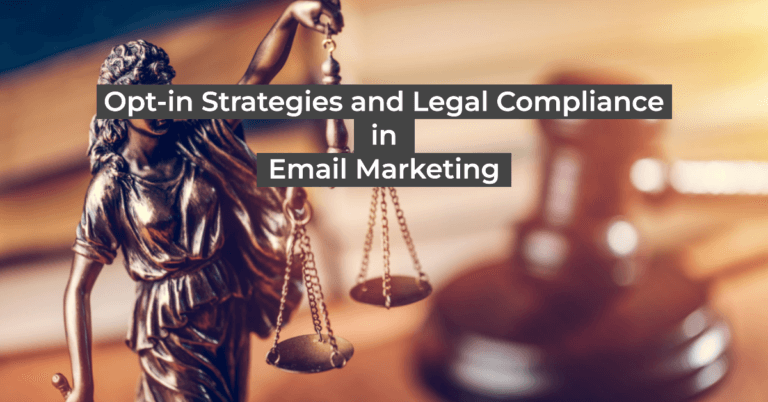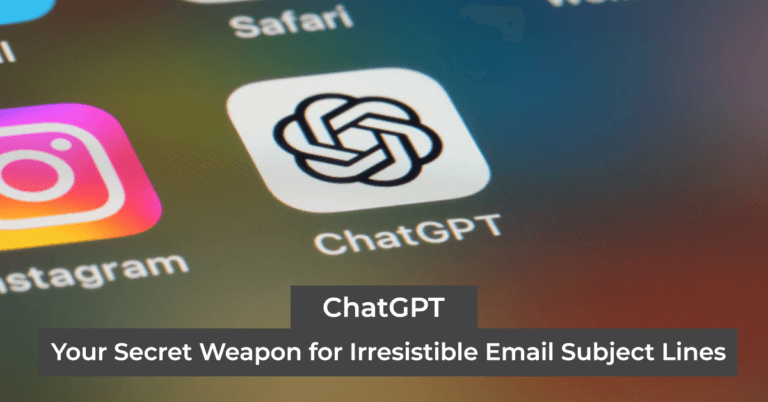Welcome to the world of email marketing, where communication with your subscribers is vital to building lasting relationships and driving business growth. However, as with any marketing strategy, retaining subscribers can be challenging. People’s inboxes are flooded with countless emails daily, and it’s too easy for them to hit that dreaded “unsubscribe” button. But fear not! This article will delve into retaining subscribers and explore practical strategies to reduce email unsubscribes.
Understanding the Importance of Subscriber Retention
Before we dive into the strategies, let’s take a moment to understand why subscriber retention is crucial for the success of your email marketing campaigns. Retaining your subscribers has several significant advantages:
- Maximizing the Value of Your Email List: Each subscriber represents a potential customer or brand advocate. The longer you can keep them engaged and subscribed, the greater the value they bring to your business.
- Building Customer Loyalty: Regularly delivering valuable content to your subscribers helps build trust and loyalty over time. By nurturing these relationships, you increase the chances of converting subscribers into paying customers.
- Reducing Marketing Costs: Acquiring new subscribers can be expensive, involving various marketing efforts. By focusing on retention, you can reduce the need for constant acquisition, thus optimizing your marketing budget.
Now that we understand the importance of retaining subscribers, let’s explore practical strategies to reduce email unsubscribes and keep your audience engaged.
1. Personalize Your Email Content
Personalizing your email content is one of the most powerful ways to retain subscribers. Gone are the days of generic mass emails that lack relevance and fail to resonate with recipients. Personalization allows you to tailor your messages to your subscribers’ unique needs, preferences, and behaviors.
- Use your subscribers’ names in the subject line or the opening of your emails. This simple touch can make your messages feel more personal and engaging.
- Segment your email list based on various factors such as demographics, purchase history, or engagement level. By creating targeted segments, you can send highly relevant content that appeals to specific subsets of your audience.
- Leverage dynamic content to deliver personalized product recommendations, exclusive offers, or relevant updates based on each subscriber’s past interactions with your brand.
2. Optimize Email Frequency
Finding the right balance in email frequency is essential for retaining subscribers. Bombarding your audience with daily emails can lead to fatigue and prompt them to unsubscribe. On the other hand, sending emails too infrequently may cause subscribers to forget about your brand or lose interest. Here’s how you can optimize your email frequency:
- Test different sending frequencies to identify the sweet spot for your audience. Monitor engagement metrics like open rates, click-through rates, and unsubscribe rates to determine the optimal cadence.
- Allow subscribers to customize their email preferences, including the frequency of emails they receive. Giving them control empowers them to tailor their experience to their liking, increasing their likelihood of staying subscribed.
3. Craft Compelling Subject Lines
Your subject line is the first impression you make on your subscribers. It can differ between an email being opened or left unopened, leading to potential unsubscribes. To grab attention and entice subscribers to open your emails, consider these tips:
- Keep it short: Aim for subject lines that are no longer than 50 characters. Shorter subject lines tend to be more eye-catching and readable on various devices.
- Create a sense of urgency: Incorporate words like “limited time offer” or “exclusive deal” to create a fear of missing out (FOMO) effect. Urgency can motivate subscribers to open your emails promptly.
- Personalize when possible: As mentioned earlier, using subscribers’ names in the subject line can make a significant impact. People are more likely to open emails that feel tailored explicitly to them.
4. Provide Valuable and Engaging Content
Perhaps the most critical aspect of subscriber retention is consistently delivering valuable and engaging content. Your emails should provide tangible benefits to your subscribers, whether it’s educational information, exclusive discounts, or entertaining stories. Here are some ideas to make your content shine:
- Share industry insights and expertise: Position yourself as a thought leader by sharing valuable tips, tricks, and industry trends. This establishes your credibility and keeps subscribers coming back for more.
- Include multimedia elements: Don’t limit yourself to plain text. Incorporate images, videos, and interactive elements to make your emails visually appealing and interactive.
- Encourage feedback and conversation: Engage your subscribers by inviting them to participate in surveys, polls, or discussions. This fosters a sense of community and provides valuable insights for refining your email content.
FAQs
Q: How often should I clean my email list?
A: It’s a good practice to regularly clean your email list to remove inactive or disengaged subscribers. Consider conducting email list clean-ups every six months to a year, depending on your industry and email frequency.
Q: What should I do if someone unsubscribes from my emails?
A: Respect their decision and promptly remove them from your email list. Additionally, consider sending a follow-up email asking for feedback on why they unsubscribed. This feedback can provide valuable insights for improving your email campaigns.
Conclusion
In the competitive world of email marketing, retaining subscribers is an art form. By personalizing your content, optimizing email frequency, crafting compelling subject lines, and providing valuable content, you can significantly reduce email unsubscribes and foster lasting relationships with your audience. Remember, subscriber retention is a continuous process that requires monitoring, testing, and adapting to the evolving needs of your subscribers. Implement these strategies consistently, and you’ll be well on your way to mastering the art of retaining subscribers.



